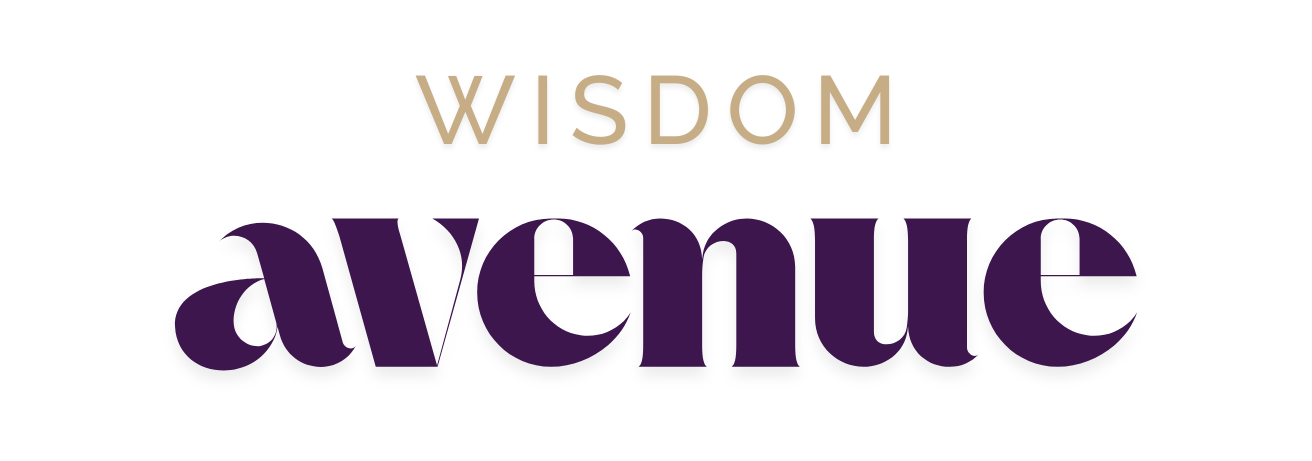Outline:
- The Quiet Nature of Intuition
- Fear’s Urgency and Familiar Shape
- How the Body Tells the Truth
- A Practice of Inner Listening
- Following the Right Voice
- FAQs
You feel a pull. A hesitation. A whisper that tells you to wait—or run—or leap. But what is it? Is it your intuition, quietly nudging you toward your deeper truth? Or is it fear, cloaked in caution, replaying old tapes and past wounds? This is one of the most confusing crossroads we face. Because both voices come from inside us. Both can feel urgent. Both claim to protect us. And yet, only one leads us toward clarity. The other keeps us circling familiar patterns. To live fully, we must learn the difference.
The Quiet Nature of Intuition
Intuition rarely shouts. It doesn’t argue or insist.
It arrives more like a steady hand on your shoulder. A quiet knowing in the background. Unlike fear, which thrives on tension and speed, intuition is spacious and calm. It doesn’t demand immediate action—it simply offers insight. You might feel it as a grounded certainty. A sense of alignment. A subtle but persistent pull toward something that feels honest, even if it’s uncomfortable. Intuition doesn’t always feel good—but it feels right. Like stepping into a room that’s simple, clear, and somehow familiar.
It also tends to be specific. Not just “don’t do this,” but “this isn’t the way.” Not “this is wrong,” but “this doesn’t resonate.” Intuition often comes before logic. And while it doesn’t need to explain itself, it doesn’t contradict your deeper values.
Fear’s Urgency and Familiar Shape
Fear wears many masks—logic, hesitation, analysis, even false intuition. But underneath it all, fear’s job is simple: keep you safe. The problem is that the brain defines “safe” as “familiar.” And so fear tends to pull you back toward what you already know—even if what you know isn’t what you want anymore.
Fear often sounds like:
- “What if you fail?”
- “They’ll judge you.”
- “You’re not ready.”
- “You’ve never done this before.”
It speaks fast, often loud. It pushes you to act—or freeze—immediately. It thrives in loops: repetitive thoughts, worst-case scenarios, mental over-planning.
Fear contracts the body. Intuition steadies it. Fear narrows the field. Intuition widens the view. Fear tells you what you should do. Intuition tells you what you know.
How the Body Tells the Truth
The body knows before the mind can explain. And when we learn to listen to it, it becomes a compass.
Pay attention to how your body feels when a choice arises:
- Does your chest tighten or soften?
- Is your breath shallow or grounded?
- Do you feel buzzy and reactive—or quietly alert and clear?
Fear often creates physical agitation. It wants escape, control, or reassurance. Intuition might stir discomfort—but not panic. There’s a calm beneath it. A kind of readiness. The body doesn’t lie. But we often stop listening long before it has a chance to speak. Creating space for stillness—through breathwork, journaling, or movement—can help the signal grow louder than the noise.
A Practice of Inner Listening
Telling the difference between fear and intuition isn’t a one-time skill. It’s a practice. A relationship you build with yourself over time.
Here are a few gentle ways to reconnect:
1. Ask it out loud
When a strong feeling arises, say: Is this fear or intuition? Then wait. Don’t force an answer. Let the truth arrive on its own terms.
2. Trace the origin
Did the thought arise suddenly, with panic? Or has it been quietly present for some time? Intuition often whispers long before the moment arrives.
3. Check for love
Is the voice inside you trying to protect your heart—or shrink it? Intuition may steer you away from something, but never from your own growth.
4. Trust your patterns
Reflect on moments when you followed your gut. What happened? When you ignored it? What did you learn? The more you notice your own patterns, the clearer your compass becomes.
Following the Right Voice
You carry both voices inside you: the one that says, stay safe, and the one that says, move forward. One tries to keep things the same. The other asks you to change. One is noise. The other is signal. Learning to tell them apart is not easy—but it is essential. Because every step you take from inner clarity builds something deeper: trust in yourself. Not blind confidence, but quiet integrity. The kind that lets you move even when the path ahead is unclear. You won’t always get it right. But over time, your ability to pause, listen, and discern becomes your greatest guide.
So next time you feel the pull, the tension, the uncertainty—ask softly:
- Is this fear trying to protect the past?
- Or is this intuition calling me into something new?
And then listen—not for volume, but for truth
FAQs
1. Can fear and intuition ever feel the same?
Yes, especially in high-stakes moments. That’s why slowing down and observing your body’s signals can help you make clearer distinctions.
2. What if my intuition leads me somewhere uncomfortable?
Discomfort doesn’t mean it’s wrong. True intuition often leads us into growth, which can feel unfamiliar—but ultimately aligned.
3. How do I strengthen my connection to intuition over time?
Through regular self-reflection, mindfulness, creative expression, and learning to value presence over performance. The more you listen, the clearer the signal becomes.








